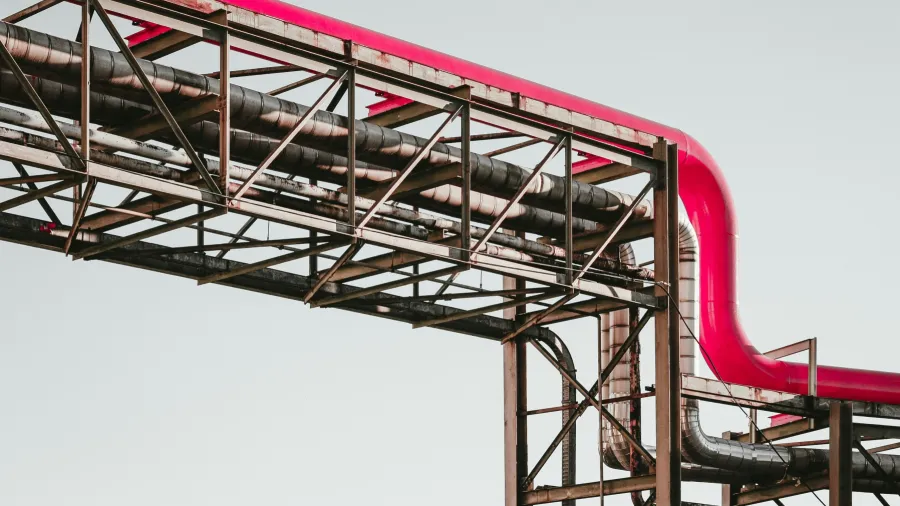
IEEFA calls for stricter regulations as $1.8b supernormal profits burden consumers
This was driven by under-forecasting which was left unchecked for years.
The Australian government was urged to formulate guidelines on equally allocating stranded asset risks as persistent under-forecasting inflates earnings of regulated gas networks at the expense of consumers.
According to the report “Gas networks are making persistent and significant supernormal profits” by the Institute for Energy Economics and Financial Analysis (IEEFA), gas networks’ supernormal profits totalled $1.8b from 2014 to 2022.
These were on top of a $2b profit allowance, adding 5% to the average household gas bill annually.
The Australian Energy Regulator (AER) approves reference tariffs for gas networks every five years. This is based on forecasted revenue requirements and demand.
However, if actual demand exceeds the projection, which is usually the case, consumers are charged more than necessary to supply their gas, whilst networks can keep the extra revenue.
IEEFA said this under-forecasting was the largest driver of supernormal profits, aside from other factors such as networks spending consistently below their operating expense allowance, or accessing lower cost of debt than forecast.
Jay Gordon, energy finance analyst at IEEFA Australia and author of the report, noted that supernormal profits were persistent every year from 2014 to 2022. Furthermore, they were double the regulator-allowed profits, he added.
“Whilst some supernormal profits are expected, we estimate 75% of profits made by gas networks since 2014 were above the expected reasonable range,” he noted.
IEEFA said the regulation applied to gas networks allows them to make overly conservative demand projections.
“Whilst the incentive-based form of regulation for gas networks permits actual profits to differ from allowed profits, the unusually large scale and persistence of these profits raises doubts about the effectiveness of the regulatory regime in protecting consumers’ interests,” Gordon explained.
The AER has failed to correct the recurring forecasting errors as they were left unchecked for almost a decade, he said.
“Consumers have been paying higher gas bills than necessary since at least 2014 – compensating networks to the tune of $1.8b for their exposure to demand risks. There is no strong case for risks to now be reallocated to consumers, at a time when gas is likely to be in decline as a household fuel,” Gordon said.
The AER and networks expect gas demand to decline in the long term as customers shift to all-electric homes.
IEEFA is urging the federal government to include in its electricity and energy sector plan steps to phase down gas distribution networks equitably without allocating additional costs and risks to consumers.
The AER should also review its process of approving demand forecasts to account for under-forecasting errors,








![Cross Domain [Manu + SBR + ABF + ABR + FMCG + HBR + ]](https://cmg-qa.s3.ap-southeast-1.amazonaws.com/s3fs-public/styles/exclusive_featured_article/public/2025-01/earth-3537401_1920_4.jpg.webp?itok=WaRpTJwE)
![Cross Domain [SBR + ABR]](https://cmg-qa.s3.ap-southeast-1.amazonaws.com/s3fs-public/styles/exclusive_featured_article/public/2025-01/pexels-jahoo-867092-2_1.jpg.webp?itok=o7MUL1oO)









 Advertise
Advertise


